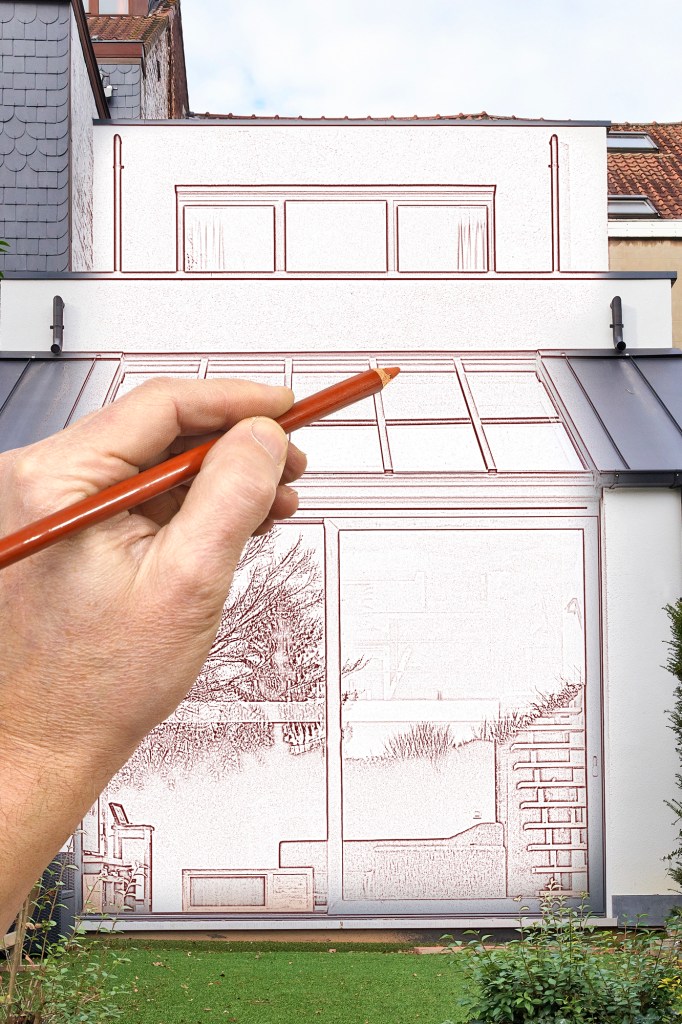When deciding who to trust with a major building project, most people instinctively compare experience, past work, and cost. Those factors matter, of course, but there is another detail that often goes unnoticed and yet makes an enormous difference, and that is whether the architect on the job is also a licensed builder. That combination of skills reshapes the entire project, from the first sketches to the moment the keys are handed over.
Within the world of design and build architects, this dual role bridges creativity with practical know-how, turning an idea into a structure that is both beautiful and workable. It is a rare overlap that streamlines every stage of the process.
Why Dual Qualifications Give a Distinct Advantage

Architects who hold a builder’s licence bring something extra to the table. Their drawings are not just abstract plans, they’re grounded in a clear understanding of what can be achieved on site. This perspective helps close the gap that so often appears between design intent and construction reality.
By weaving construction insight into the design stage, these professionals can flag potential issues early, refine details to suit real-world conditions, and provide documentation that matches the way things will actually be built. The flow-on effect is less rework, fewer surprises, and a smoother progression from paper to project.
Clearer Communication and Project Control
Construction often stumbles when messages are lost between architect and builder. Misunderstandings can mean delays, costly corrections, and a great deal of frustration. A professional who is both architect and builder sidesteps this problem entirely. They take on the role of single point of responsibility, answering questions directly and managing challenges without needing to translate between two separate teams.
For clients, this makes the journey easier. Instead of waiting for answers to filter back and forth, they receive immediate clarity from someone who grasps both the design’s intent and the realities of construction.
Greater Buildability and Practicality in Design

The real strength of a dual-qualified professional lies in how they approach design. A pure architect might focus on form, while a builder prioritises practicality. Someone who embodies both viewpoints creates designs that strike the right balance.
These plans don’t just look impressive but are also feasible, efficient, and cost-conscious. Common pitfalls, like overly complex details that inflate labour costs or slow progress, are avoided. Instead, materials are used wisely, site conditions are carefully considered, and execution on the ground becomes more straightforward.
Reducing Cost Overruns and Project Delays
Anyone who has been through a construction project knows how easily budgets and schedules can unravel. When the architect also has building experience, estimates tend to be more accurate from the outset. They know how choices about materials or staging affect both cost and time, and they design with that in mind.
This does not mean cutting corners but rather creating plans that are realistic and aligned with what can actually be delivered, reducing the chance of expensive mid-project revisions or lengthy delays.
The Value of Experience Backed by Licensure

Earning accreditation in both architecture and building is no easy feat. It reflects years of study, rigorous training, and commitment to high professional standards. Firms that employ such individuals usually demonstrate an ability to handle complex, bespoke projects where precision and attention to detail matter most.
Dual qualifications go beyond convenience. They signify a depth of knowledge and a professional maturity that benefit every client.
Final Thoughts
Be it a custom home, a renovation, or a large-scale development, working with an architect who also builds delivers clear advantages. It means designs that are imaginative yet practical, timelines that hold firm, and budgets that stay on track.
For anyone weighing up their options, choosing a firm with this combined expertise is a smart step toward a better outcome.
Related
<!–
–>

